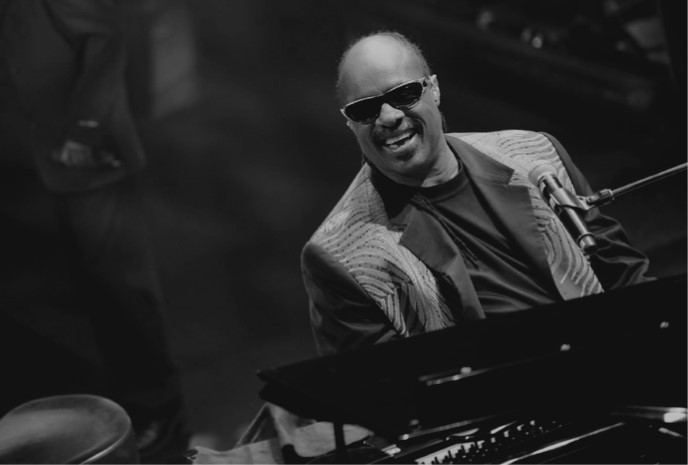Apollo Walk of Fame Guides
WALK OF FAME LEGEND GUIDES
The Apollo Theater’s Walk of Fame celebrates and honors the legendary performers who have helped to build the Theater’s legacy for over 80 years. The Walk of Fame inductees have had an enormous influence on generations of musicians and fans. To learn more, download the guides.


Celia Cruz
Over her 60-year career, Celia won three GRAMMY awards, four Latin GRAMMY awards, and the GRAMMY Lifetime Achievement Award. She was also honored with a star on the Hollywood Walk of Fame for her work in movies and television, including numerous appearances on the popular children’s program, Sesame Street. Always young at heart, she formed the Celia Cruz Foundation shortly before her passing to support underprivileged Latino students in their pursuits of music.
View Guide
Photo Credit: Alexis Rodríguez-Duarte and Tico Torres (1994)
Aretha Franklin
Put aside her 75 million records sold; 18 GRAMMY awards won; being the first woman inducted into the Rock and Roll Hall of Fame; and distinguished as the “greatest singer of all time” by Rolling Stone Magazine. For Soul music legend Aretha Franklin, there is something more valuable than praise and popularity, something she has earned throughout her extraordinary life and career: “R-E-S-P-E-C-T.” Read more about Aretha Franklin in the Walk of Fame Guide.
View Guide
Photo Credit: Aretha Franklin poses for a portrait circa 1968; Michael Ochs Archives
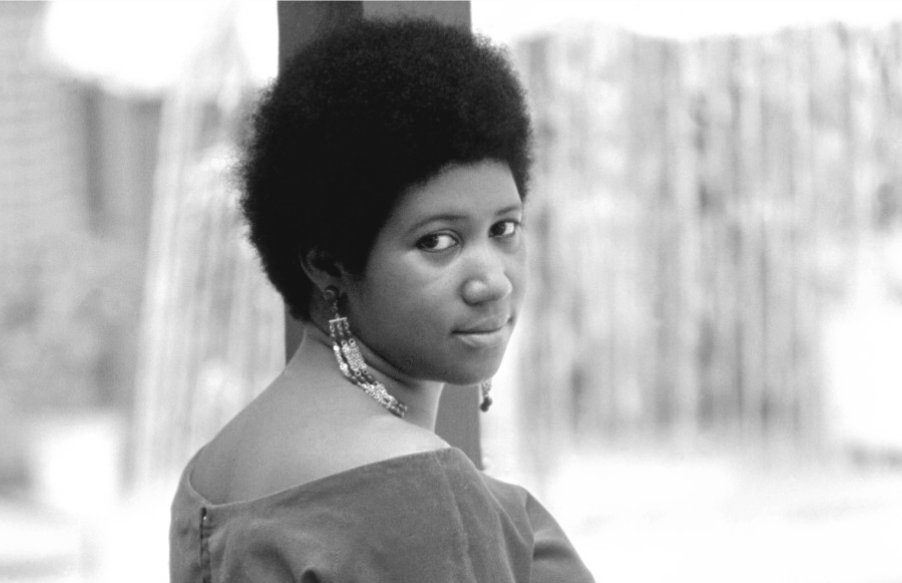

Charlie "Yardbird" Parker
Parker received his nickname while playing with the Jay McShann Orchestra. On their way to a gig outside of Kansas City, they accidentally ran over a chicken, often referred to as a yard bird in the south. Charlie insisted they stop, pick up the yard bird, and at the first opportunity, cook it for all to enjoy. From that moment on, his band mates called him, “Yardbird.” Read more about Charlie Parker in the Walk of Fame Guide.
View Guide
Photo Credit: Herman Leonard Photography, LLC.
Ella Fitzgerald
Having recorded over 200 albums, selling more than 40 million records, and working with the greatest performers of the 20th century…Ella Fitzgerald was inducted into the Apollo Walk of Fame in 2006. Read more about Ella Fitzgerald in the Walk of Fame Guide.
View Guide
Photo Credit: Portrait of Ella Fitzgerald, Dizzy Gillespie, Ray Brown, Milt (Milton) Jackson, and Timmie Rosenkrantz, Downbeat, New York, N.Y., Ca. Sept. 1947. William P. Gottlieb/Ira and Leonore S. Gershwin Fund Collection, Music Division, Library of Congress.
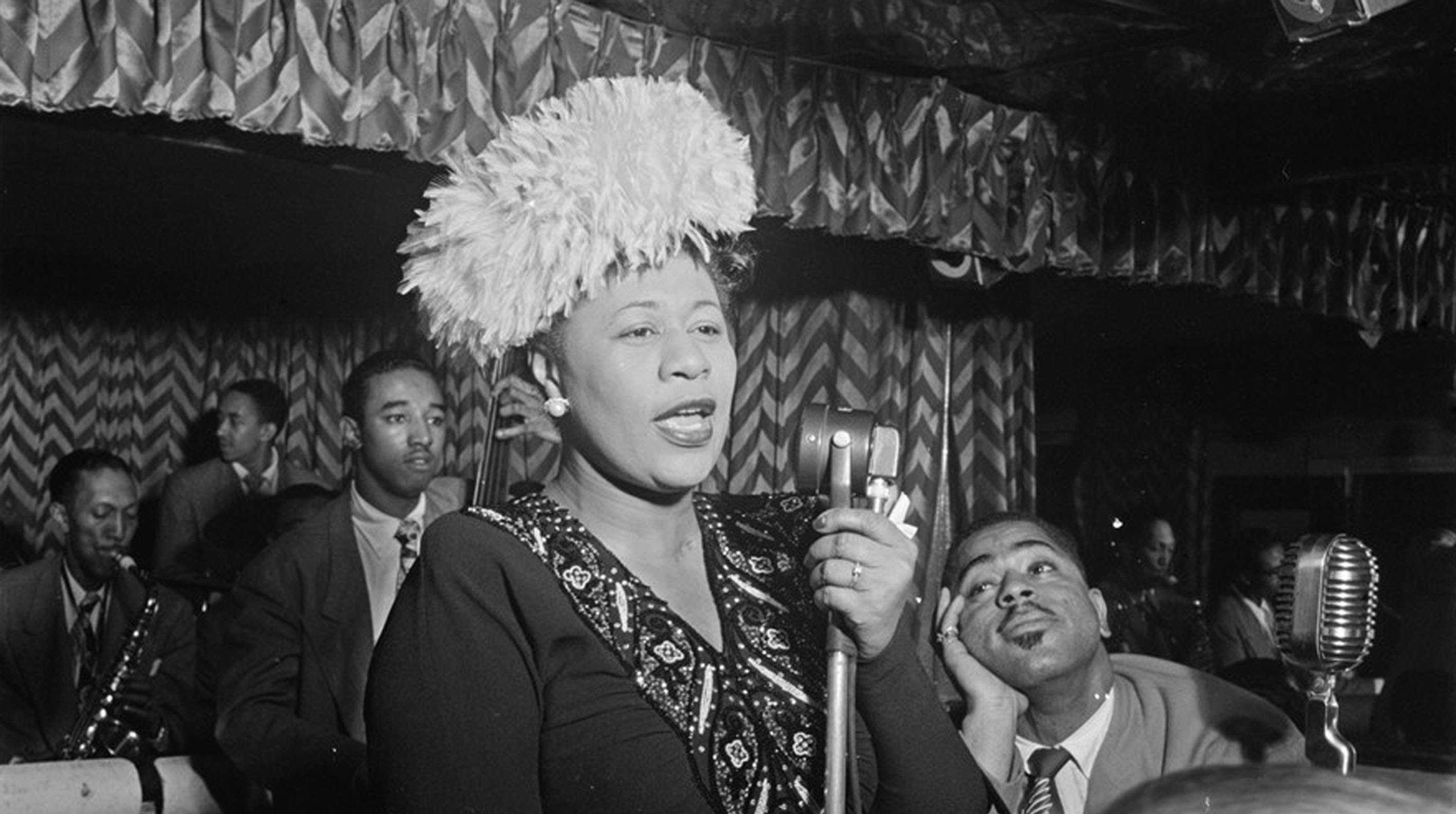
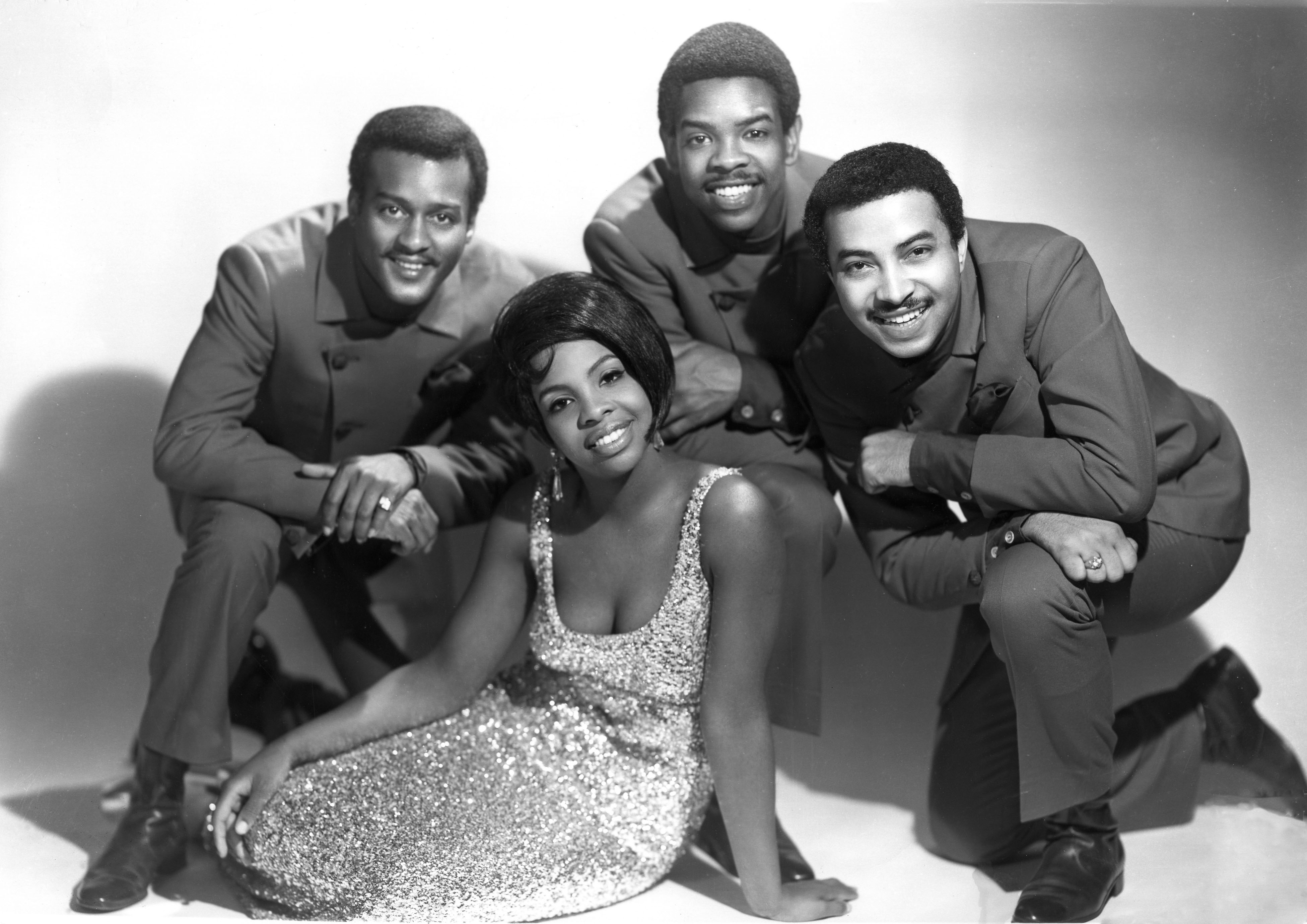
Gladys Knight and The Pips
It was also at the Apollo, where Motown Records founder Berry Gordy first saw Gladys Knight and The Pips perform in 1966. Later that year, he convinced the group to move to Detroit and become part of a new and exciting music wave sweeping the country called the “Motown Sound.” Read more about Gladys Knight and The Pips in the Walk of Fame Guide.
View Guide
Photo Credit: Pictorial Press Ltd/Alamy Stock Photo
Jackie "Moms" Mabley
Though recognized as the “funniest woman in the world,” Mabley used her popularity to express serious concerns about social injustice and racial inequality in America. Her 1969 cover of “Abraham, Martin, and John” for example, acknowledged the tragic loss of Civil Rights leaders Martin Luther King Jr. and John F. Kennedy, both assassinated in the 1960s. Five years later, her starring role in the movie “Amazing Grace” brought issues of race and politics to the forefront of popular culture. Read more about Jackie "Moms" Mabley in the Walk of Fame Guide.
View Guide
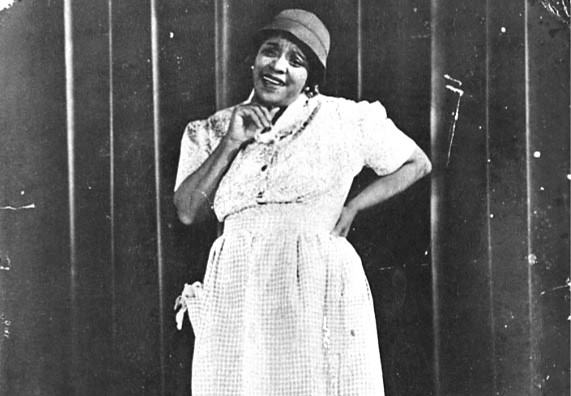

James Brown
While he performed all over the world, there was one place James Brown felt more at home than anywhere else — The Apollo. He holds the record for the most performances at the theater having appeared there over 200 times. Read more about James Brown in the Walk of Fame Guide.
View Guide
Little Richard
By the age of 18, Little Richard was leading his own band, recording his own music, and developing his own identity. As his popularity grew, he became more outgoing in his performances. The larger than life personality he displayed on stage complimented his music; a sound which was as loud and exciting as his appearance. Read more about Little Richard in the Walk of Fame Guide.
View Guide
Photo Credit: Michael Ochs Archives/Getty Images
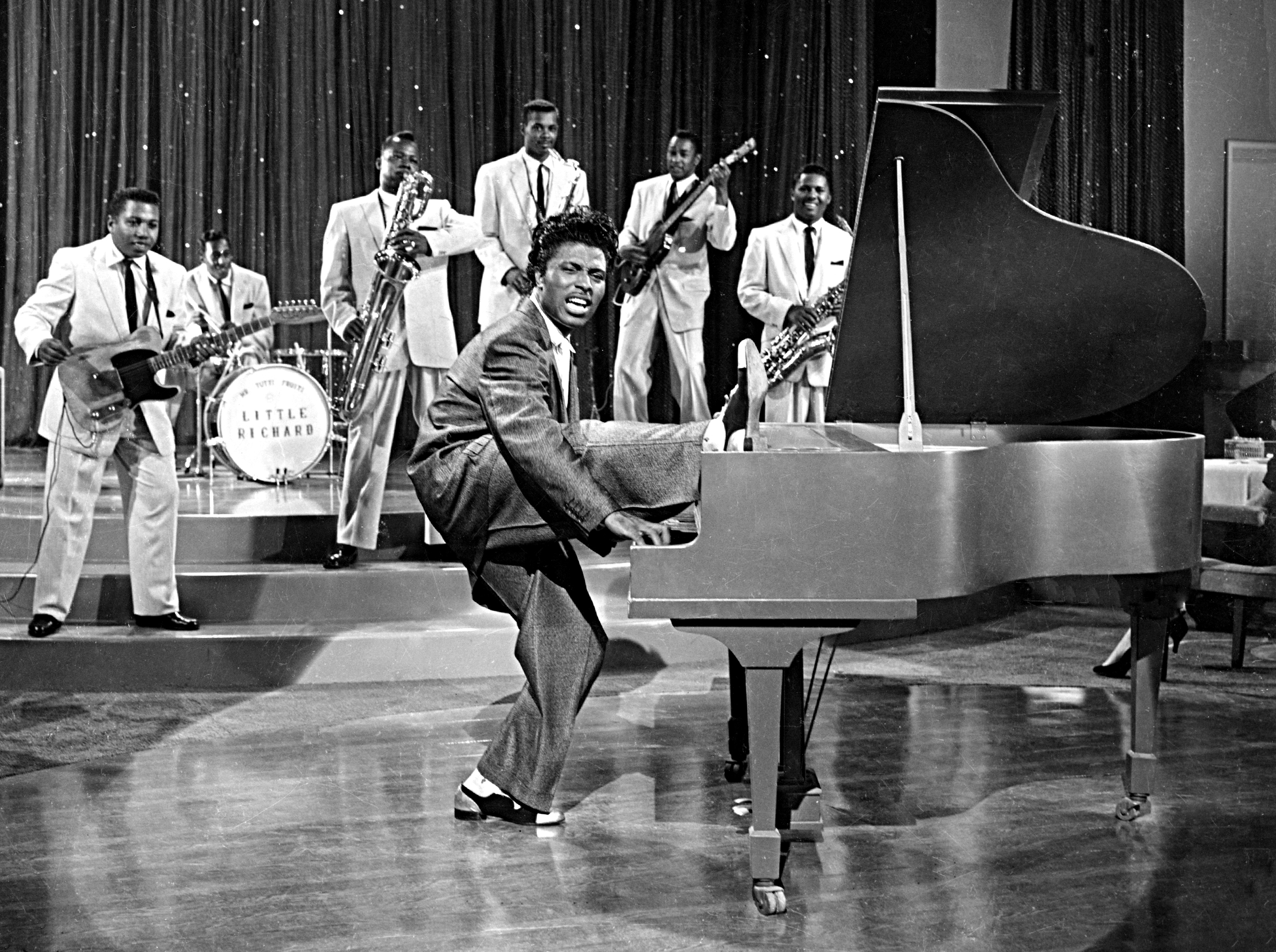
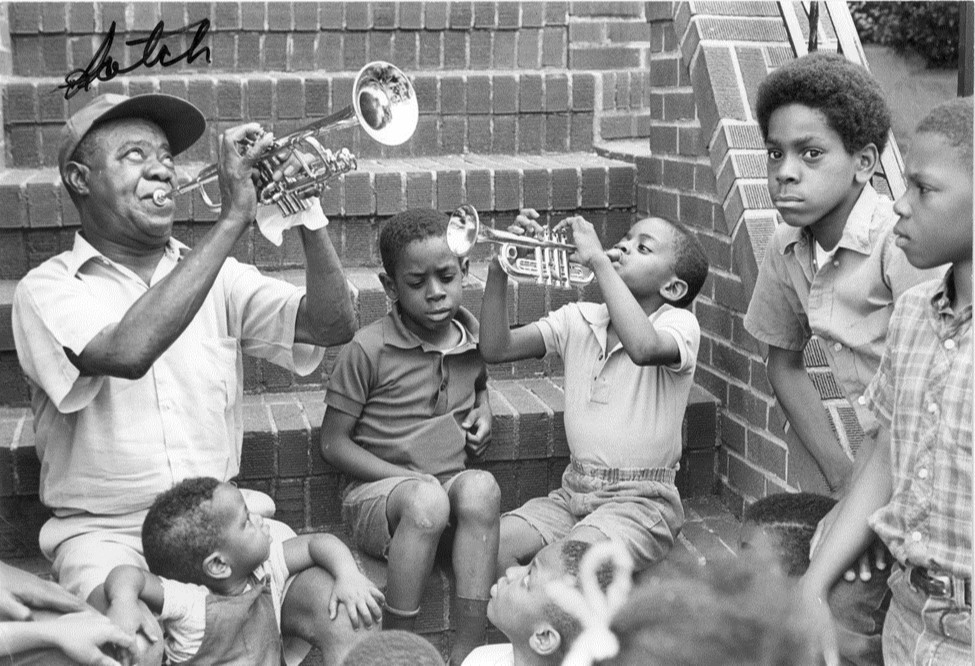
Louis Armstrong
Between 1935 and 1947, Louis Armstrong performed at the Apollo with his big band many times. Thanks in part to the recognition he received at these shows, Louis Armstrong went on to star on Broadway, radio, television and in films and cartoons. Read more about Louis Armstrong in the Walk of Fame Guide.
View Guide
Photo Credit: Louis Armstrong with kids. Courtesy of the Louis Armstrong House.
Patti Labelle
With a stage presence as exciting as her belting soprano voice and “Rock and Soul” sound she helped pioneer in the 1970s, singer Patti LaBelle is nicknamed the “Godmother of Soul.” Read more about Patti Labelle in the Walk of Fame Guide.
View Guide
Photo Credit: Shahar Azran
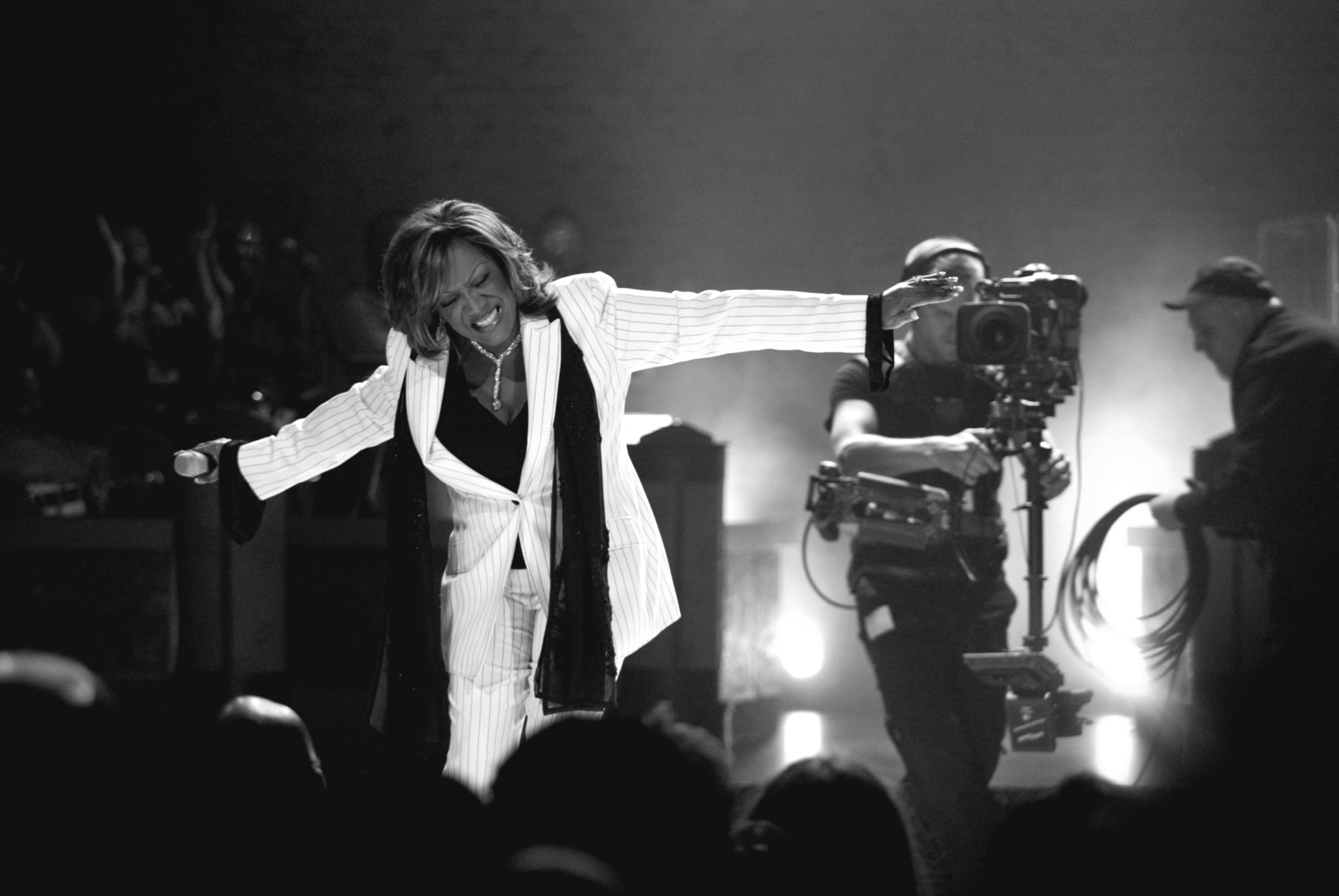
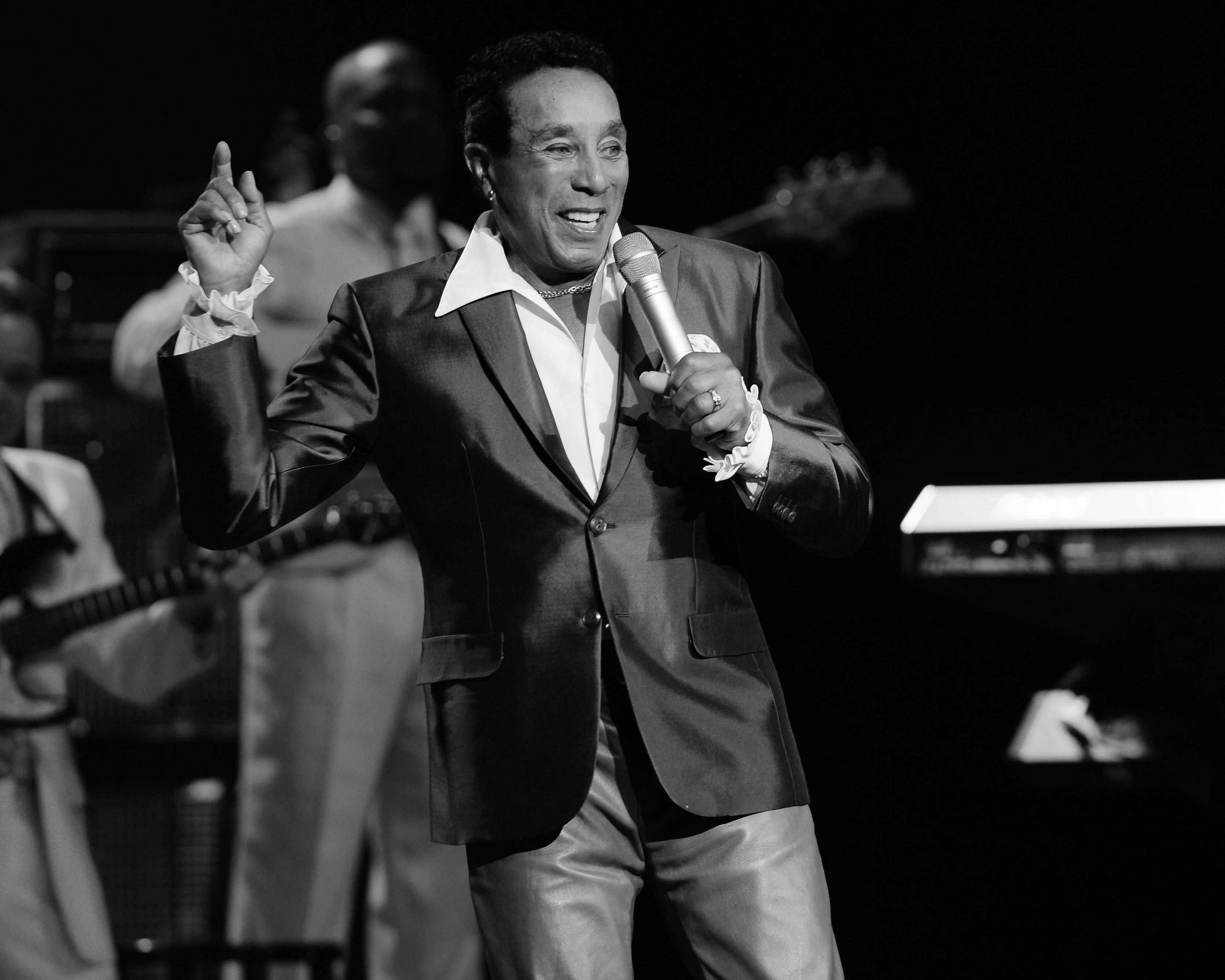
Smokey Robinson
While he actively performed with the Miracles in the 1960s, Smokey also wrote some of the most iconic songs of the era for fellow Motown artists; including The Temptations, Diana Ross and the Supremes, and Marvin Gaye. Both his singing and songwriting helped define the Motown Sound, a musical style which brought recognition to dozens of African American artists in American culture. Read more about Smokey Robinson in the Walk of Fame Guide.
View Guide
Photo Credit: WENN Ltd/Alamy Stock Photo
Stevie Wonder
Appearing at the Apollo Theater for the first time in 1962, as part of Motown’s Motortown Revue, Stevie brought the house down with his breakout hit, “Fingertips, Part 2”. The song went on to sell over one million copies and top the Billboard Hot 100 for three straight weeks in 1963. At 13 years old, he became the youngest solo artist ever to have a No. 1 hit in the U.S., a record he still holds to this day. Read more about Stevie Wonder in the Walk of Fame Guide.
View Guide
Photo Credit: Shahar Azran
